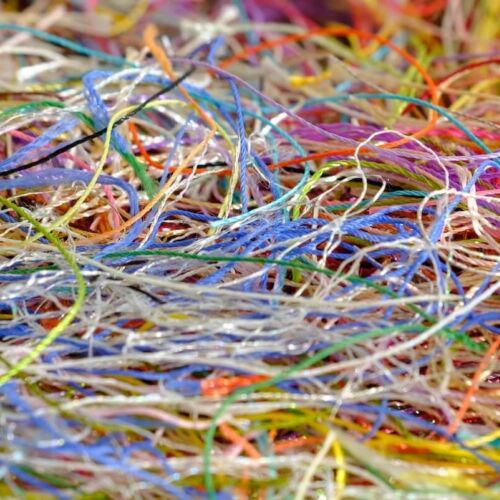Background and circular economy
Starting in 2006, Textile Recyclers keeps textile waste out of landfills by providing recycling solutions for fashion brands, uniforms, and other textiles whilst creating closed loop programs.
Textile Recyclers seek optimal value and value retention of clothing and textiles to place themselves on the circular economy value hill. They demonstrate an advancing maturity level in the circular economy (19/25). They achieve this through having most of the processes for environmental activities identified and defined.
Drivers for circular economy adoption
It was the personal values and passion for sustainability of the founder and seeing the business potential and financial benefits that drove them to adopt a circular economy model.
Circular economy practices adopted
- End-of-life streams used as inputs
- Textiles are shredded and repurposed as yarn
Company changes with the adoption of circular economy
Textile Recyclers adopted its circular economy model from its inception.
Barriers and challenges
Barriers and challenges include:
- Limited of investments and financial resources
- Lack of manufacturing in Australia forces the textiles to be sent overseas
- Lack of government support at practical and infrastructure level
Critical success factors for circular economy
Critical success factors include:
- Founder's vision, personal values, and persistence in the circular journey as a long-term strategy
Benefits of adopting a circular economy
Being able to grow through creating yarn at a cheaper cost than through virgin materials are the key benefits of adopting the circular economy model.


